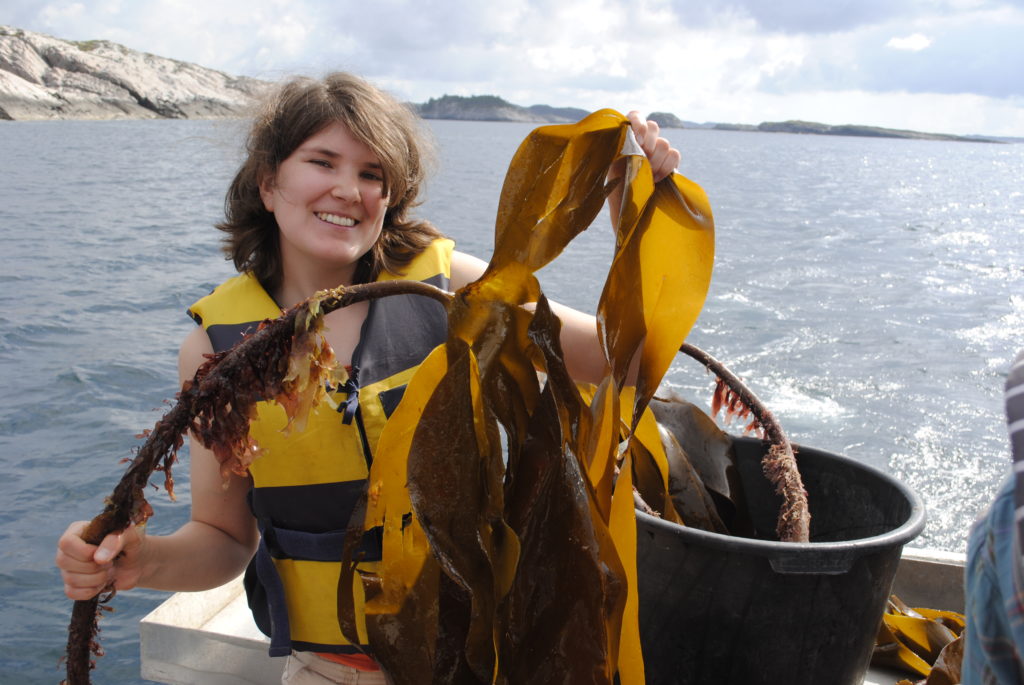Seaweed is far more helpful than the smelly, dried-up clusters on the beach suggest. In fact, you may use extracts from these colorful plant-like algae to wash your hair, brush your teeth, and even indulge in ice cream! Soon enough, you may find biofuel from seaweed at the gas pump. That’s why Ocean Genome Legacy (OGL) is launching efforts to collect, document, and preserve samples of the world’s seaweed species.

Seaweed has incredible potential to produce innovative compounds for pharmaceuticals, biofuels, and other useful products. For example, researchers at OGL and all over the world use agar, a gel-like substance derived from seaweed, as a surface on which to grow cells and as a sieve to help them separate molecules. This lab tool has been crucial to new discoveries in microbiology for more than a century. At OGL, we are leading an initiative to study and preserve DNA from diverse seaweeds to improve and expand their applications.
But it’s not always easy to preserve seaweed genomes. The compounds that help algae thrive and make it useful can also interfere with the process of extracting DNA. To make high-quality algae DNA available for research, OGL needed to adapt our laboratory procedures, with the help of our new staff member, Collections Associate Annie Evankow. Annie joined OGL after completing her master’s thesis in kelp forest genetics at the University of Oslo in Norway. With Annie on board, her expertise widens OGL’s ability to include seaweed in the collection and to promote seaweed discoveries.
The OGL biorepository works with scientists around the globe to preserve valuable DNA samples that can lead to new cures and discoveries. If you would like to support our efforts, please consider making a gift.
